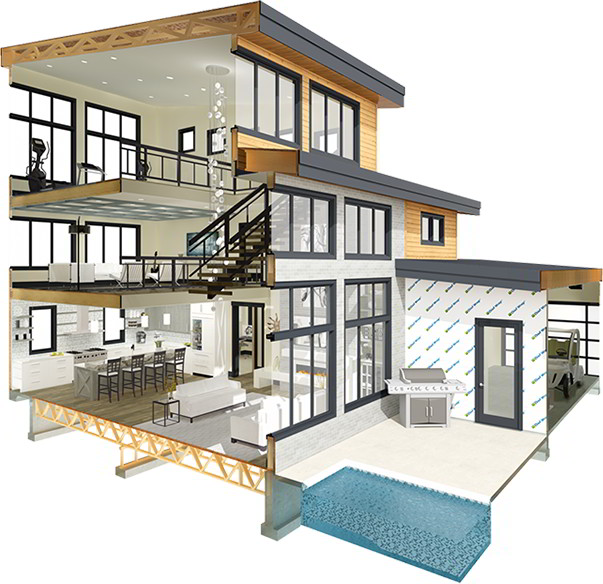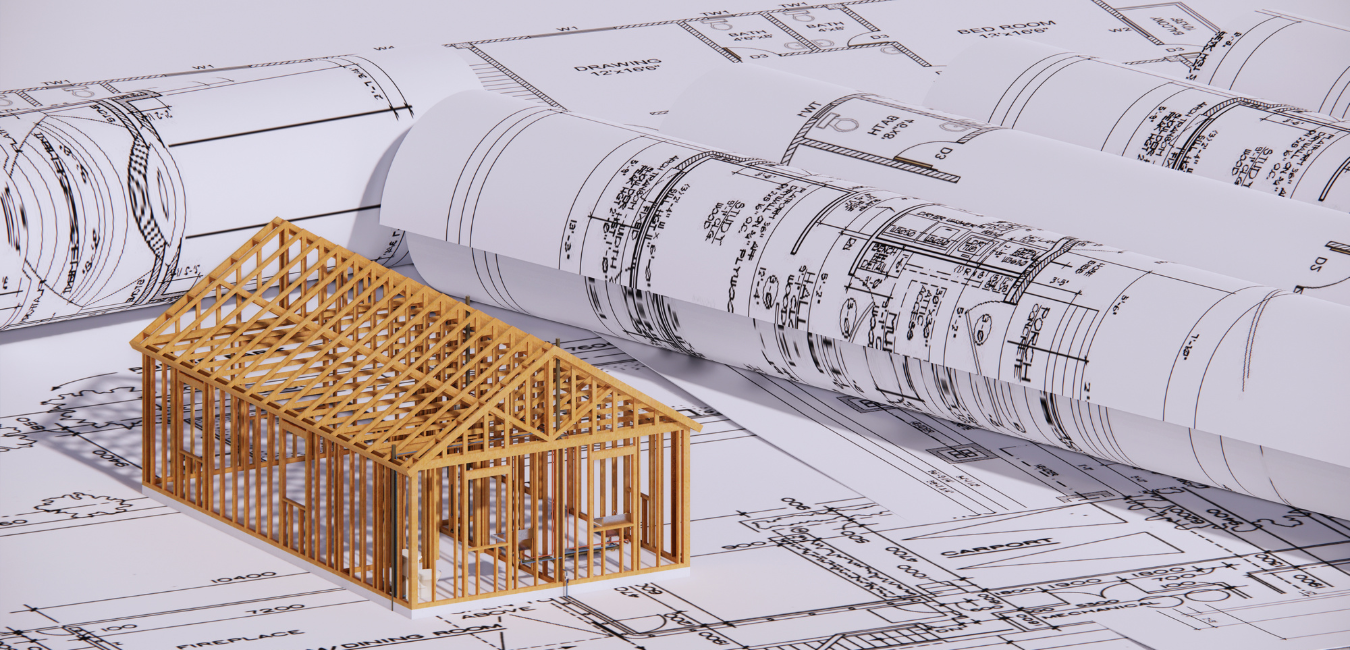The Influence of Technical Improvements on the Design Practices of Contemporary Architects
The fast advancement of technological tools has actually significantly improved the style landscape for modern designers, fostering unmatched levels of innovation and sustainability. Checking out these characteristics reveals a nuanced interplay between innovation and standard style methods, triggering a better exam of what the future holds for architectural methods.
Advancement of Architectural Equipment
Just how have architectural tools changed the style and building procedures over the centuries? The advancement of building tools has actually substantially influenced the efficiency, precision, and creative thinking of design and construction. In old times, architects depend on fundamental instruments such as plumb bobs, determining poles, and fundamental geometry to create frameworks. These devices laid the foundation for very early building technique, allowing for the building of famous frameworks, albeit with restrictions in accuracy and intricacy.
With the advent of the Renaissance, the intro of the compass and the protractor marked a pivotal change. These devices enabled architects to attain greater accuracy in their styles, helping with the development of even more intricate and in proportion structures. The Industrial Transformation further changed building experiment the introduction of mechanical tools and products, permitting larger and extra enthusiastic jobs.
In the 20th century, the growth of computer-aided style (CAD) software application transformed the landscape once more, supplying architects with unprecedented capabilities in modeling and visualization. Today, progressed devices such as Structure Details Modeling (BIM) and parametric layout software application continue to press the boundaries of architectural innovation, allowing an extra incorporated strategy to style and construction processes.
Improved Partnership in Design
As innovation remains to advance, enhanced partnership in layout has ended up being a foundation of modern architectural technique. The integration of electronic tools such as Building Info Modeling (BIM), cloud-based platforms, and advanced visualization software application has actually changed the method architects, designers, and stakeholders engage throughout the design procedure. These devices help with real-time interaction, permitting groups to share concepts, modifications, and comments quickly, despite geographical location.

In addition, interdisciplinary cooperation has been streamlined with these technological improvements, allowing designers to work a lot more closely with various other experts, such as urban planners and environmental specialists. The result is an extra natural approach to design that considers numerous point of views and know-how. Inevitably, boosted collaboration in layout is not simply a fad; it is important for developing ingenious, functional, and cosmetically pleasing design in an increasingly intricate globe.
Sustainability Through Modern Technology
Sustainability in design has progressively ended up being intertwined with technical innovation, driving the industry toward ecologically liable methods - cda architects. Contemporary designers are leveraging sophisticated modern technologies to decrease environmental impact while improving the performance of buildings. One popular instance is the usage of Building Information Modeling (BIM), which allows for precise preparation and resource allocation, minimizing waste during construction and advertising power effectiveness throughout a structure's lifecycle
Additionally, clever products and energy-efficient systems are being integrated into designs to maximize resource use. Technologies such as solar cells and environment-friendly roof harness sustainable energy sources, adding to decreased carbon impacts. Additionally, the application of expert system in style procedures enables designers to simulate and analyze power intake, assisting choices toward even more lasting end results.
The combination of sustainable modern technologies not just straightens with worldwide environmental objectives yet additionally fulfills a boosting demand from consumers for eco-friendly options. As designers welcome these innovations, the emphasis moves in the direction of creating rooms that are not only cosmetically pleasing but also functionally lasting, therefore redefining the requirements of contemporary architecture. By doing this, modern technology functions as a stimulant for sustainability, making it possible for designers to develop structures that respect and enhance the natural surroundings.
Obstacles in Execution
While technical advancements in design hold fantastic pledge for boosting sustainability, their execution frequently experiences substantial difficulties - cda architects. One main barrier is the steep discovering contour related to brand-new modern technologies. Engineers and building experts might need extensive training to successfully make use of innovative software and tools, which can postpone task timelines and increase costs
Additionally, the integration of arising innovations, such as Structure Info Modeling (BIM) and sustainable materials, often requires collaboration across multidisciplinary groups. This partnership can be hindered by differences in expertise, workflows, and communication styles, causing possible disputes and ineffectiveness.
Financial restraints even more complicate the adoption of innovative innovations. Many building companies, specifically smaller ones, might do not have the resources to purchase cutting-edge devices, limiting their ability to complete with bigger companies that can manage such investments.
Furthermore, regulative frameworks and building regulations may not equal technical advancements, developing ambiguity and possible compliance issues. This challenge can prevent architects from completely welcoming new modern technologies, as the threat of non-compliance might outweigh the benefits. Attending to these application difficulties is critical for the successful assimilation of technological developments in modern building methods.
Future Patterns in Architecture
The obstacles Full Report connected with the execution of new modern technologies in architecture have actually prompted a reevaluation of future patterns within the market. As designers navigate concerns such as sustainability, urbanization, and social equity, they are significantly adopting ingenious innovations to improve style performance and environmental efficiency.
One prominent fad is the assimilation of fabricated intelligence (AI) in the design procedure. AI tools can assess large datasets to educate style decisions, improving both imagination and capability. Structure Details Modeling (BIM) continues to develop, making it possible for real-time cooperation among stakeholders and assisting in streamlined job monitoring.
Sustainable style techniques are also getting momentum, with engineers concentrating on adaptive reuse and regenerative style principles that lessen resource usage and waste. The unification of smart products and renewable resource resources will better boost the durability of structures despite climate look at these guys modification.

Conclusion
Technical developments have dramatically reshaped architectural style techniques, promoting improved accuracy, partnership, and sustainability. The integration of tools such as Structure Information Modeling and parametric layout software application, alongside man-made knowledge and go smart products, encourages designers to deal with complex challenges much more properly.
Comments on “Just How CDA Architects Integrate Eco-Friendly Practices in Architectural Projects”